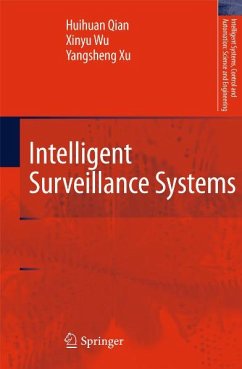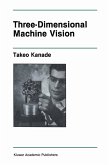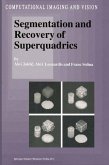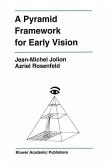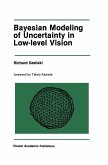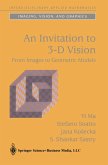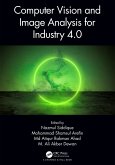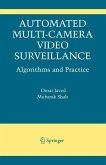Surveillance systems have become increasingly popular. Full involvement of human operators has led to shortcomings, e.g. high labor cost, limited capability for multiple screens, inconsistency in long-duration, etc. Intelligent surveillance systems (ISSs) can supplement or even replace traditional ones. In ISSs, computer vision, pattern recognition, and artificial intelligence technologies are used to identify abnormal behaviours in videos. They present the development of real-time behaviour-based intelligent surveillance systems. The book focuses on the detection of individual abnormal behaviour based on learning and the analysis of dangerous crowd behaviour based on texture and optical flow. Practical systems include a real-time face classification and counting system, a surveillance robot system that utilizes video and audio information for intelligent interaction, and a robust person counting system for crowded environments.
Dieser Download kann aus rechtlichen Gründen nur mit Rechnungsadresse in A, B, BG, CY, CZ, D, DK, EW, E, FIN, F, GR, HR, H, IRL, I, LT, L, LR, M, NL, PL, P, R, S, SLO, SK ausgeliefert werden.

